Lesson 5
How Many Fingers? How Many Dots?
Warm-up: Estimation Exploration: Connecting Cubes (10 minutes)
Narrative
The purpose of an Estimation Exploration is to practice the skill of estimating a reasonable answer based on experience and known information. This is the first time students participate in the Estimation Exploration routine. Encourage students to make an estimate without counting each cube.
Launch
- Groups of 2
- Display the image.
- “Today we are doing a new warm-up called Estimation Exploration. In this activity we are going to see a collection of cubes. Your job is to estimate or make a guess about how many cubes there are without counting them.”
- Display the image.
- “What is an estimate, or guess, that’s too high? Too low? About right?”
- 1 minute: quiet think time
Activity
- 1 minute: partner discussion
- Record responses.
- “Let’s look at same collection of cubes arranged in a different way.”
- Display the image.
- “Now that you have seen the cubes again, do you want to revise, or change, your estimates?”
- 1 minute: quiet think time
- 1 minute: partner discussion
- Record responses.
Student Facing

Record an estimate that is:
| too low | about right | too high |
|---|---|---|
How many cubes are there?

Record an estimate that is:
| too low | about right | too high |
|---|---|---|
Student Response
For access, consult one of our IM Certified Partners.
Activity Synthesis
- “Let’s look at our revised estimates. Why were these estimates more accurate the second time?” (We knew that there were more than 10 because we saw that the 10-frame is filled in, and there were some extra cubes.)
- “There are 14 connecting cubes.”
Activity 1: How Many Fingers? (10 minutes)
Narrative
The purpose of this activity is for students to count to answer “how many” questions about images displayed on fingers. Students draw a line to the number that shows how many fingers there are.
Advances: Listening, Representing
Required Preparation
- Make sure numbers 1–20 are posted in the classroom.
Launch
- Groups of 2
- Display the student page.
- “Let’s practice reading numbers.”
- Point to and read each written number. Invite students to chorally repeat each written number 1–2 times.
- “Now, figure out how many fingers there are. Draw a line from the fingers to the number that shows how many there are.”
Activity
- 3 minutes: independent work time
- 2 minutes: partner work time
Student Facing
-

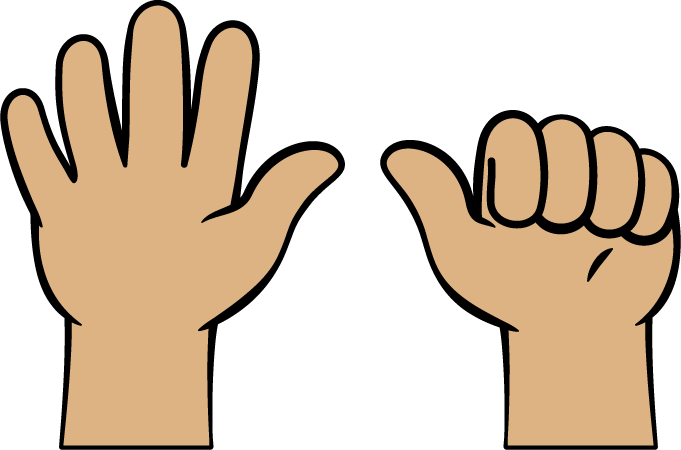
14
-

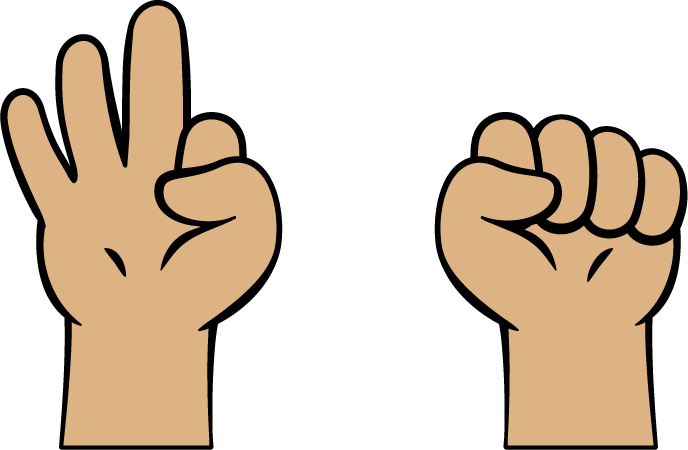
17
-

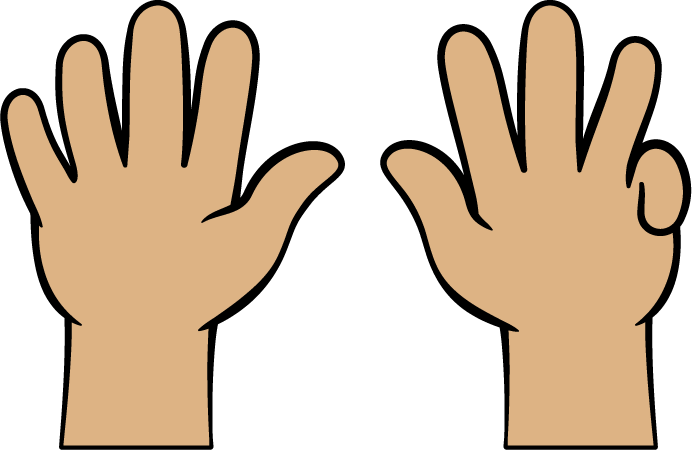
13
-

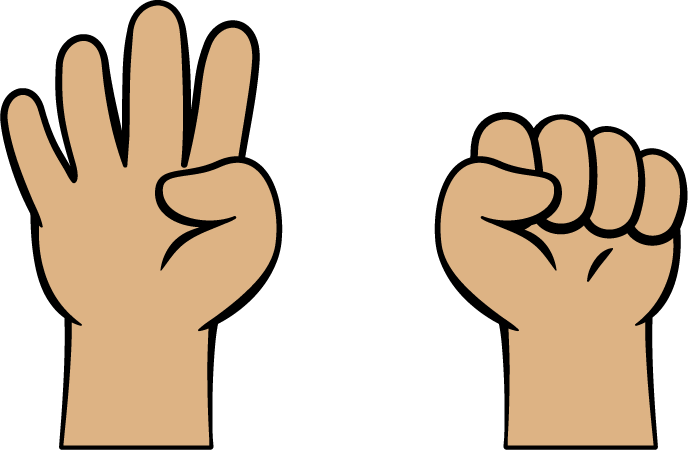
19
-

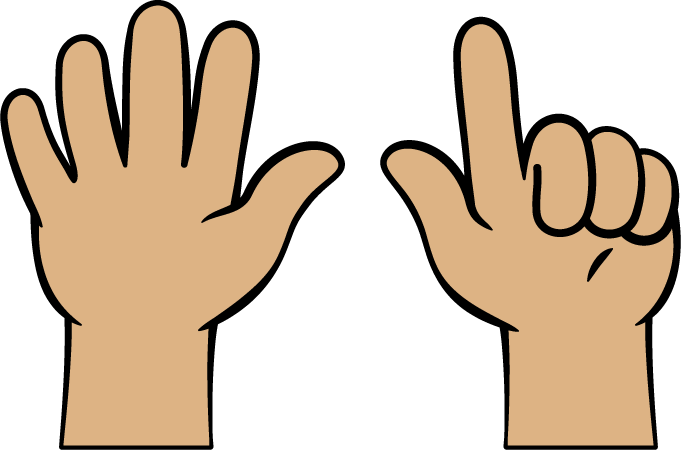
16
Student Response
For access, consult one of our IM Certified Partners.
Advancing Student Thinking
If students match the first group of fingers with a number other than 16, consider asking:
- “How many fingers are there? How do you know?”
- “What can you do to help you make sure that you count each finger one time?”
Activity Synthesis
- Invite students to share how many fingers are in each image and how they know.
Activity 2: How Many Dots in 10-frames? (10 minutes)
Narrative
The purpose of this activity is for students to count to answer “how many” questions about images arranged on 10-frames. Students circle the number that shows how many dots there are.
Required Preparation
- Make sure numbers 1–20 are posted in the classroom.
Launch
- Groups of 2
- Display the student page.
- “Let’s practice reading numbers again.”
- Point to each written number on the page and invite students to chorally read each number.
- “Now, figure out how many dots there are. Circle the number that shows how many dots there are.”
Activity
- 3 minutes: independent work time
- 2 minutes: partner work time
Student Facing
-
10 12 15
-
19 11 14
-
13 15 12
-
18 14 17
-
15 13 11
Student Response
For access, consult one of our IM Certified Partners.
Activity Synthesis
- Display the 10-frame with 19 dots from the student page.
- Invite students to share how many dots there are.
- “There are 19 dots. There are 10 dots on the 10-frame and 9 more dots. 19 is 10 and 9.”
Activity 3: Introduce Grab and Count, Pattern Blocks (20 minutes)
Narrative
The purpose of this activity is for students to learn stage 1 of the Grab and Count center. Students look at a handful of pattern blocks and guess how many there are. Then they figure out how many pattern blocks there actually are and record the number. Students should have access to 10-frames and counting mats and may use any strategy they choose to figure out the total number of blocks.
After they participate in the center, students choose from any stage of previously introduced centers.
- Find the Pair
- Tower Build
Students will choose from these centers throughout the section. Keep materials from these centers organized to use each day.
Supports accessibility for: Memory, Organization
Required Materials
Materials to Gather
Materials to Copy
- Grab and Count Stage 1 Recording Sheet
Required Preparation
- Each group of 2 needs around 20 pattern blocks.
- Gather a group of 18 pattern blocks for the activity synthesis.
- Gather materials from:
- Find the Pair, Stage 1
- Tower Build, Stages 1 and 2
Launch
- Groups of 2
- Give each student a recording sheet, pattern blocks, and access to 10-frames and counting mats.
- “We are going to learn a center called Grab and Count. Let’s play one round together.”
- Choose a student to be your partner.
- “First, we both grab a small handful of pattern blocks and put them together.”
- Demonstrate grabbing a handful of blocks and putting them together with your partner’s blocks.
- “Now we each guess how many blocks we have and write down the number.”
- "Ask your partner for their guess and then think aloud as you make your own guess. For example, you might say, 'There are a lot of blocks. It looks like there are more than 10. I think I will guess 15.'”
- Demonstrate recording your guess on the recording sheet.
- “Now we take turns figuring out how many pattern blocks there are. When you both agree on how many pattern blocks you have, write this number on your recording sheet.”
- Demonstrate taking turns counting and writing the number of blocks on the recording sheet.
- “Then you can put those pattern blocks back and play again.”
Activity
- 5 minutes: partner work time
- “Now you can choose another center. You can also continue playing Grab and Count.”
- Display the center choices in the student book.
- Invite students to work at the center of their choice.
- 10 minutes: center work time
- If time, invite students to choose another center.
Student Facing
Choose a center.
Grab and Count

Find the Pair
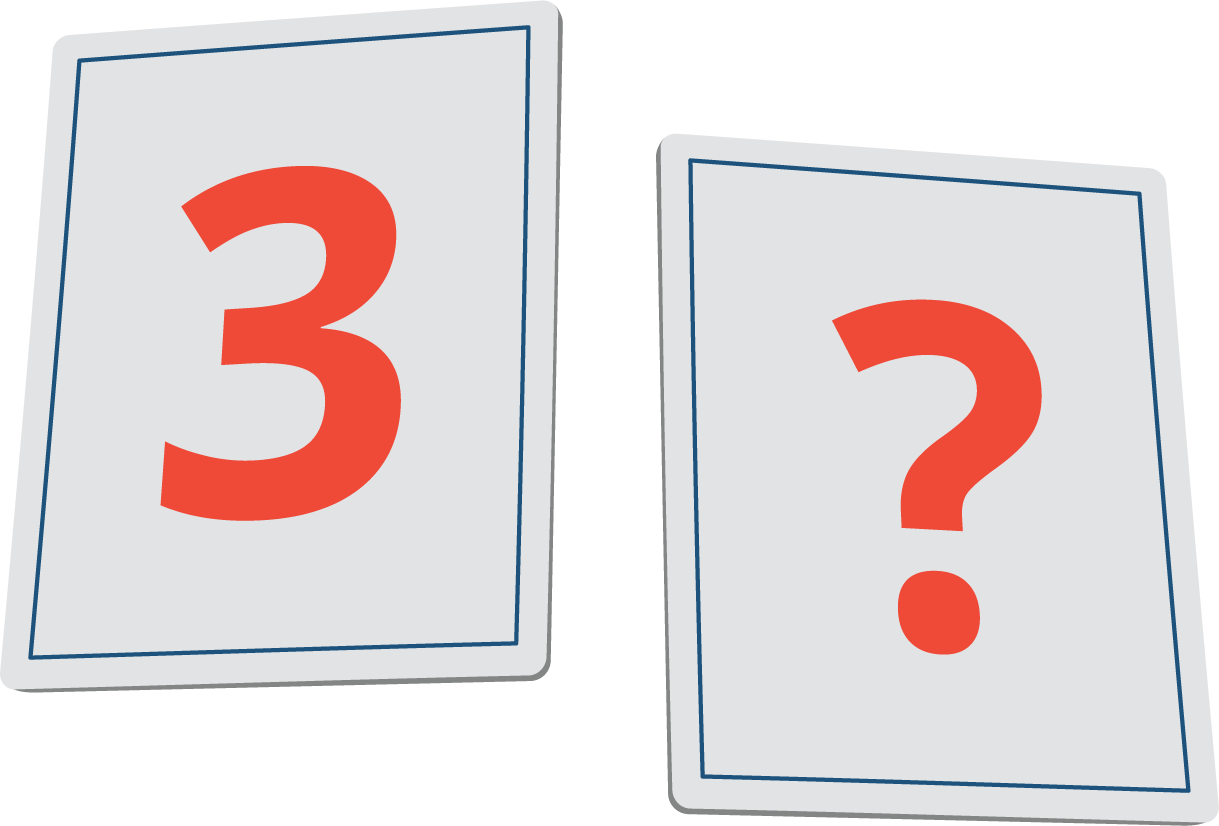
Tower Build

Activity Synthesis
- Display 18 pattern blocks.
- “How many pattern blocks do you think are here? How did you make your guess?”
- “Did it get easier to guess as you played more rounds? Why or why not?”
Lesson Synthesis
Lesson Synthesis
Display the image of 16 fingers from the first activity and the image of 18 dots from the second activity.
“How are these the same?” (They both show 10 things and some more.)
“How are these different?” (One is a 10-frame and one is fingers. They show different numbers.)
Cool-down: How Many? (5 minutes)
Cool-Down
For access, consult one of our IM Certified Partners.




